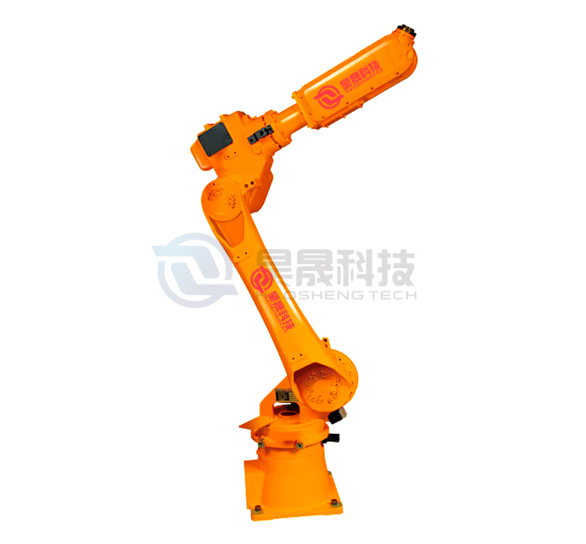The reciprocating machine is widely used in industrial production, and the stability of its operating state directly affects production efficiency and equipment life. By monitoring and analyzing the vibration data of the reciprocating machine, it is possible to effectively determine whether its operating status is normal.
In terms of monitoring methods, vibration sensors are usually used to collect data. These sensors can be installed in key parts of the reciprocating machine, such as the body, bearing seat, cylinder, etc. Acceleration sensors can sense the instantaneous vibration changes of reciprocating machines, displacement sensors monitor the displacement of components, and speed sensors can obtain vibration velocity information. Multi type sensors work together to comprehensively capture the vibration of reciprocating machines in different dimensions.

After collecting vibration data, it is necessary to analyze and process it. Time domain analysis is a fundamental method that determines the presence of anomalies by observing parameters such as amplitude, mean, and peak values of vibrations. If the vibration amplitude suddenly increases, it is likely to indicate equipment failure. Frequency domain analysis is the process of converting time-domain signals into frequency-domain signals and analyzing the vibration energy distribution of different frequency components. For example, during normal operation of a reciprocating machine, specific frequencies will have corresponding vibration characteristics. If additional high-frequency or low-frequency vibration components appear, it may be due to loosening, wear, or other problems of certain components of the equipment.
When abnormal vibration data is detected, the fault type can be determined based on the characteristics. If the vibration exhibits significant periodic fluctuations and the frequency is consistent with the reciprocating frequency of the piston, it may be due to excessive clearance between the piston and the cylinder wall, causing the piston to collide during its motion. If the vibration frequency is related to the rotational frequency of the bearing and accompanied by high-frequency noise, it may be due to bearing wear, ball damage, or poor lubrication. In addition, loosening of connecting rod bolts can also cause abnormal vibration, which is characterized by abnormal signals in multiple frequency bands.
Trend analysis of vibration data can also be utilized to draw vibration trend charts and observe the changes in vibration parameters over time through long-term recording and analysis of vibration data. If the vibration amplitude gradually increases, even if it is still within the normal range, it should be taken seriously, and equipment inspection and maintenance should be arranged in advance to avoid the expansion of the fault.
Through scientific and reasonable vibration monitoring and analysis, potential problems of reciprocating machines can be detected in a timely manner, ensuring the stable operation of equipment and reducing the risk of sudden failures in the production process.